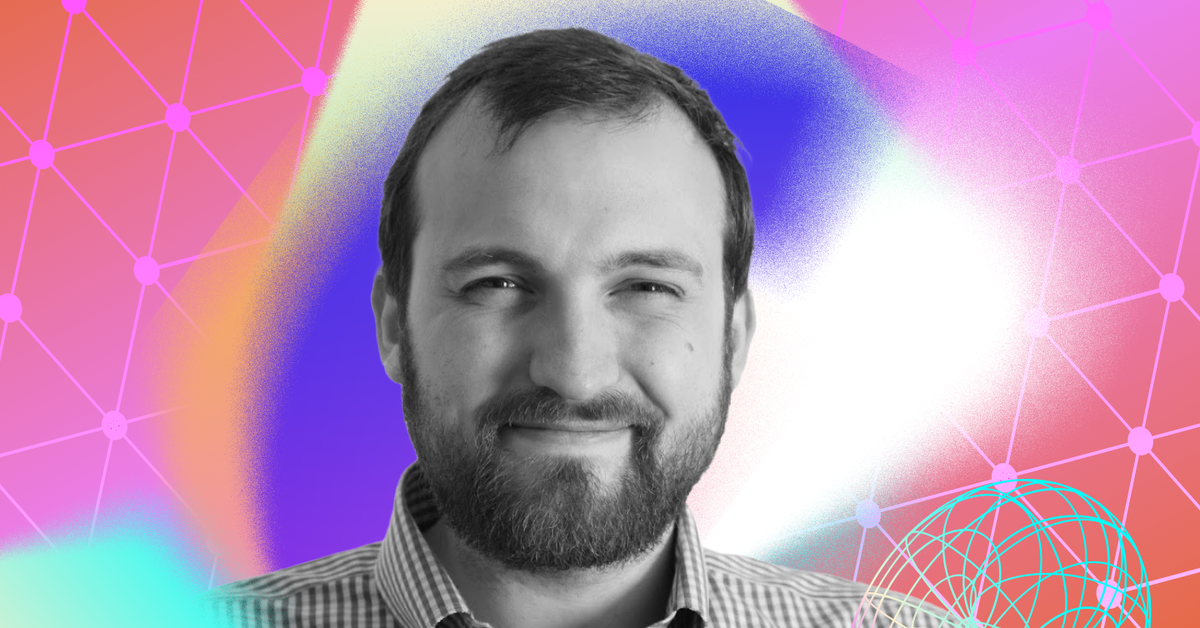For many observers, the collapse of LUNA and UST was an black eye for cryptocurrency. To Charles Hoskinson, it was a validation of his go-slow approach to developing a blockchain.
“If you move too quickly, as we’ve seen with Luna, and we’ve seen with $10.5 billion of hacks last year, you could actually get it to work until it doesn’t, and then when it doesn’t it’s a catastrophic failure and everybody loses their money,” the Cardano founder said in a recent interview with CoinDesk.
By contrast, he said, he and his company IOG (formerly IOHK) are moving deliberately in building the Cardano network, playing the “long arc game,” measured not in weeks or months, but in years to decades.
“We always say it’s not first, it’s best out of the gate” who succeeds, Hoskinson said. “The people who are going to survive are those who are tested under stress and exhibit resiliency.”
Hoskinson, who will speak at CoinDesk’s Consensus 2022 in Austin, Texas, next month, has worked in the industry for nearly a decade – a lifetime in crypto years. A member of the founding Ethereum team, he famously had a falling-out with that blockchain’s creator, Vitalik Buterin.
Despite Hoskinson’s penchant for controversy and Cardano’s protracted development, the project is among the most closely watched in crypto, with ADA, the network’s native currency, commanding a $15.9 billion market cap as of Friday, the market’s eighth-largest.
Hoskinson readily acknowledged that Cardano’s development process is “a bit slower” than other projects. Indeed, Cardano gained the ability to run smart contracts only last year, four years after the network went live, trailing well behind Ethereum and other general-purpose blockchains.
This month, the unraveling of UST – a so-called algorithmic stablecoin designed to hold its value against the dollar without collateral – and its companion token LUNA rattled the global crypto markets. To Hoskinson, the debacle underscored the hazards of a “space where financial incentives and market setups are structured in a way of speed over quality.”
In the long term, Hoskinson said, the slower approach will win. Short-term oriented projects will “keep collapsing” and the market will eventually wise up.
Cardano in Ethiopia
In April of last year, IOG announced a partnership with the Ethiopian government to create a system based on blockchain technology to track the performance of students in local schools.
Read more: Cardano in Africa: Inside IOHK’s Ethiopia Blockchain Deal
Asked for an update, Hoskinson said, “you take two steps forward, one step back.” In October, a new education minister succeeded the one who made the deal with IOG. The breakout of a civil war in Ethiopia the following month further complicated matters.
Fortunately for Cardano, IOG met with the new education minister “to make sure they signed a continuity with the arrangement we had under the prior minister,” Hoskinson said. “We got to a point where there’s now a systematic rollout. So, with any luck, we think about 1 to 2 million students should be in the system by the end of the year.”
All told, Hoskinson said, “It’s pretty extraordinary that despite all these struggles, it’s actually on track. The end goal is 5 million students. I think we’ll reach there sometime in 2023 at this current velocity.”
If that happens, he said, “it’s going be very straightforward to roll it out to another 15 million, and then it may be even possible to integrate these ideas into the ‘digital Ethiopia’ ideas that the prime minister wants to do by 2025.”
Blockchain and ESG
This month, Hoskinson attended the Milken Institute Global Conference, an annual gathering of muckety-mucks in Los Angeles, and picked up auspicious signals for blockchain builders.
Topic A was environmentally responsible business practices, known under the acronym ESG (environmental, social and governance).
“The No. 1 thing they were talking about was, how do we do the ESG part, from the oil companies’ perspective, from the battery-powered car company [perspective], from the government perspective?” Hoskinson said.
Talk of blockchains as a way to assess such companies’ ESG performance proliferated throughout the conference, he said, because the whole point of the technology is, “can we create some unified business standards amongst everybody, and then somehow put enforcement into that where you can audit, track and trace?”
(While Bitcoin’s energy-intensive mining process is often derided, fairly or not, as a big contributor to climate change, it is not the only way participants in a blockchain network can reach consensus on which set of records is true. For example, Cardano uses proof-of-stake, which requires less computing power and electricity than Bitcoin’s proof-of-work system, though whether it is as secure is a matter of debate.)
Moreover, Hoskinson said, “The most important [part of] ESG is the metadata and the identity component. You have to know who’s doing what, where and you have to have rich metadata about the facts and circumstances because then you could start talking about an audit regime, ESG scoring.”
Hoskinson, who donated $25 million last year to Carnegie Mellon University, said he could retire and live on a bison ranch in Wyoming but keeps at it because he wants to solve such societal problems. He even threw in a kind word for his erstwhile colleague to make the point.
“The great entrepreneurs in our space like Vitalik … there’s things they care deeply about that they want to solve,” Hoskinson said. “They’re not going to retire until they solve that problem.”
Read more about
Save a Seat Now
 BTC$28,441.27
BTC$28,441.27
3.49%
 ETH$1,724.01
ETH$1,724.01
6.88%
 BNB$296.03
BNB$296.03
4.46%
 XRP$0.377836
XRP$0.377836
3.78%
 SOL$40.96
SOL$40.96
7.56%
View All Prices
Layer 2

Sign up for Market Wrap, our daily newsletter explaining what happened today in crypto markets – and why.







